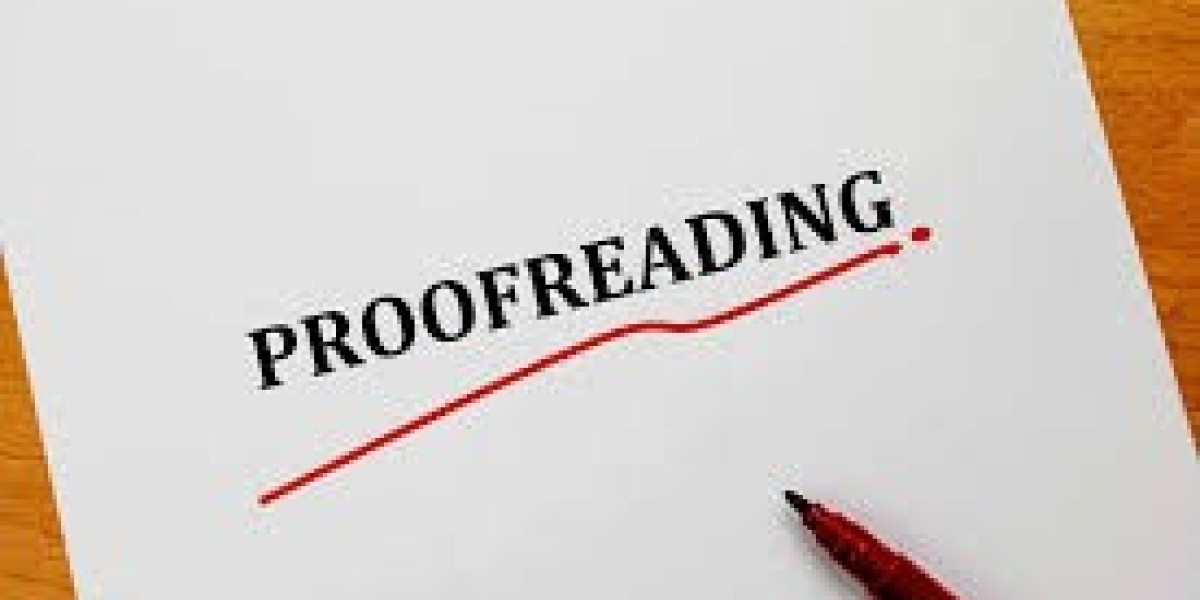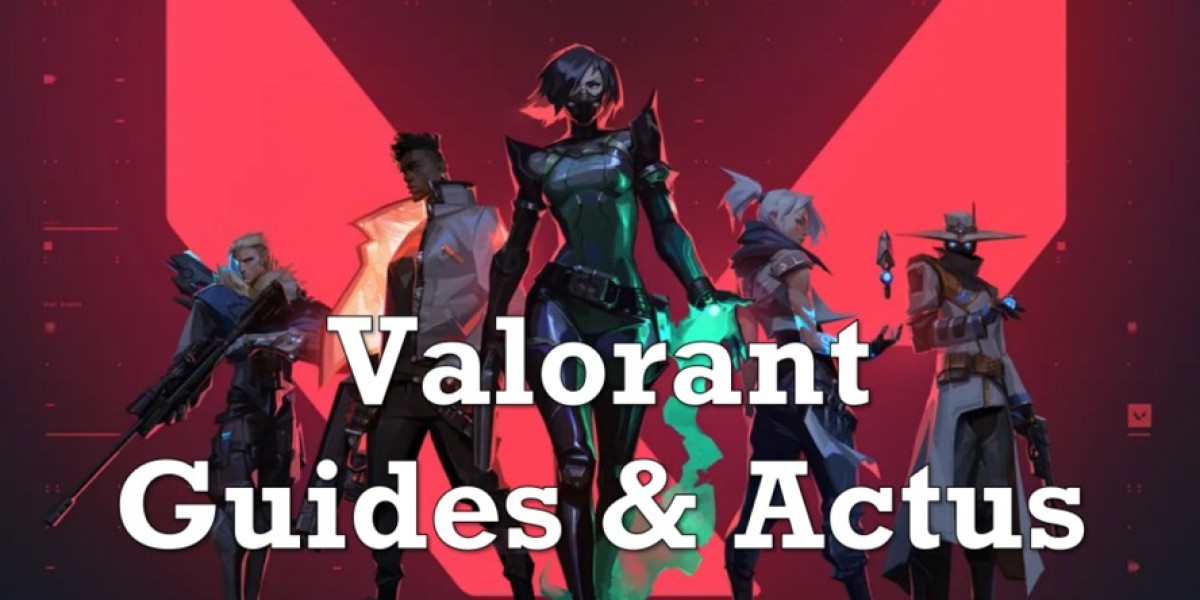It is no easy feat to write a book. If you’ve typed out tens of thousands of words, plotted and planned, and fallen in love with characters that you’ve been writing only to wonder where the passion has gone, or stared at the blinking cursor on the screen for hours on end, you have done what many can only imagine.
However, making the final set of a manuscript work is just half the task that a writer must undertake.
Now comes the stage that distinguishes a good book from a great one. A raw draft from a polished gem. A hopeful submission from a publishing contender.
Welcome to the world of manuscript editing and book proofreading, the unsung warriors who stand behind each and every author.
Even if you have never heard about them, they are involved in every bestselling book you have read.
Manuscript Editing: The Craft of Carving Gold from Raw Words
Consider, for example, that you are an artist and you are carving a statue, and you’ve managed to get the rough outline of the statue. Yes, there is beauty there—hidden and delicate, brewing and budding, moving and growing, aspiring to be found. But it still needs finesse.
That is your manuscript in what you call the first rough draft.
This is what happens when a master sculptor is commissioned to do a manuscript edit. Someone who knows where it’s best to make incisions, where it is reasonable to plane, and where one must gouge. It is a whole process that takes your writing from the outline to a full narrative that looks well-coordinated and engaging.
Levels of Manuscript Editing
Let’s break down the layers of this essential process:
1. Developmental Editing (a.k.a. Structural Editing)
This is where the editor zooms way out. They’re asking:
Does the plot make sense?
Are the stakes high enough to keep readers engaged?
Are your characters believable and evolving?
Does the pacing work? Are there chapters that lag or scenes that move too fast?
Are there plot holes or inconsistencies?
Think of it as a story architect coming in and checking whether the structure of your book can stand tall—or whether it needs a few more support beams.
2. Line Editing
Once the structure is solid, line editing digs into the prose itself:
Are your sentences sharp and fluid?
Are you overusing passive voice?
Are your metaphors fresh or cliché?
Are your word choices powerful or pedestrian?
This is where your voice is honed, your rhythm is tuned, and your paragraphs begin to sing.
Why Manuscript Editing Is Crucial
Even the most brilliant idea can fall flat if it’s buried under confusing structure, inconsistent tone, or bloated exposition. Manuscript editing isn’t about criticizing your work—it’s about enhancing it. Editors don’t rewrite your story. They amplify it.
With a great editor, your voice doesn’t get lost—it gets spotlighted.
Book Proofreading: The Polishing That Perfects Your Prose
You’ve revised, reworked, and reshuffled chapters. Your characters arc beautifully. Your plot twists pack a punch. You’re ready to hit “send,” right?
Not so fast.
This is where book proofreading enters like the hawk-eyed detective of your publishing team.
Proofreading is not editing—it’s the final quality control. It’s the last checkpoint before your manuscript crosses into the hands of readers, agents, or publishers.
What Proofreaders Actually Do
Proofreaders look for:
Spelling errors (teh instead of the—yes, it happens)
Grammar issues
Punctuation mistakes (Oxford commas, anyone?)
Formatting inconsistencies
Repeated words or missed words
Continuity errors (Did your character’s name mysteriously change mid-book?)
It’s the eagle-eyed final polish your book needs to be truly professional.
The Cost of Skipping Proofreading
You might think, “Well, I’ve read my manuscript 10 times. I caught most of the mistakes.”
Unfortunately, studies—and experience—prove that we’re blind to our own errors. Our brains autocorrect and fill in gaps because we know what we meant to write.
Just one typo on page one? That’s enough to make some readers close the book.
Typos and grammar issues don’t just break immersion—they break trust.
The Dynamic Duo: Why You Need Both
Let’s be clear—manuscript editing and book proofreading are not interchangeable.
Editing is strategic. It shapes the narrative and refines your storytelling.
Proofreading is tactical. It ensures every comma, every period, every page number is in its right place.
Using only one without the other is like washing a car but skipping the wax—or baking a cake and forgetting the frosting. You’ve come this far—why cut corners?
If you’re serious about your book’s success, you need both to work in harmony.
Real Talk: Can You Do It Yourself?
Short answer: Not well.
Long answer: Here’s why.
Even if you’re a language guru, when it’s your own work, your familiarity with the content clouds your judgment. You read what you think you wrote—not what’s actually there. You’re emotionally attached to scenes that might need to be cut. You miss repetition because your brain fills in the gaps.
This is why even seasoned authors—yes, even editors—hire other editors and proofreaders for their own books.
An objective set of professional eyes can see your blind spots—and fix them.
Investing in Professionals: Not a Luxury, a Necessity
Sure, professional manuscript editing and book proofreading come at a cost. But what’s the cost of publishing a book riddled with mistakes? Poor reviews. Damaged reputation. Low sales.
On the other hand, a well-edited, flawlessly proofread book?
It builds credibility.
It earns respect.
It sells.
Think of it this way: Editing is the tuning fork. Proofreading is the polish. Together, they make your book sing.
Final Word: Let Your Words Breathe and Shine
You didn’t come this far to put out a mediocre book.
You wrote something with heart, passion, and purpose. Now give it the finish it deserves.
With the right manuscript editing, your story will flow better, read smoother, and strike harder. With meticulous book proofreading, it will glide through readers’ hands without a single jolt.
Because when readers close your book and say, “That was flawless,” they’re not just praising the story—they’re praising the work you put into making it unforgettable.
And that’s what publishing is all about.







